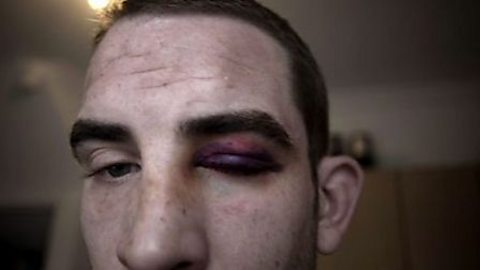Your heart's will to beat, to keep going, is incredibly strong. If the heart fails, so does everything else… Because it's your heart's job to deliver to every cell, to every nook and cranny of your body, the substance which keeps it alive - oxygen.
But how does the body do this? The hard graft of carrying oxygen is done by some of the smallest and most peculiar cells in your body. These red blood cells are well suited to the job of carrying oxygen around your body. Each red blood cell contains millions of haemoglobin proteins. They have a structure that oxygen likes to bind to. Haemoglobin is bulky, so there's not much space for anything else inside the red blood cells, which have to squeeze into tiny blood vessels. It means that red blood cells are unique amongst all your cells because to carry oxygen, they don't have a nucleus.
25 trillion red blood cells are pumped around the body, completing a circuit within a minute. Each cell makes a tortuous journey through wide arteries that surge like a river in full flood. Then branching off into smaller streams called arterioles. It's perfectly shaped to squeeze through tiny, slow-moving capillaries. And without a fat nucleus, it just about gets through. Here, in the smallest, narrowest vessels, our cell does the job it's built for… it releases its payload of oxygen into the tissues.
The reason that your body goes to such lengths to ensure a steady supply of oxygen is because oxygen is an essential ingredient in unlocking the energy you need to survive. Oxygen from the red blood cells passes into every other cell of your body. Here, there are hundreds of little powerhouses called mitochondria. They burn oxygen to release all the energy you need to live your life. But to do this, they need another ingredient which also comes via the bloodstream… food.
Food is mainly absorbed in the small intestine, which is covered in finger-like projections called villi and microvilli. They increase the surface area of your gut to that of a tennis court, so you can absorb as many nutrients as possible. If you eat a packet of crisps, for example, it is here that the crisps will be broken down into smaller and smaller particles until they are reduced to glucose, which is small enough to be absorbed into the bloodstream, ready to be transported to the mitochondria in your cells.
Over your lifetime, you will eat more than 50 tons of food, and take over 800 million breaths, which you will convert into enough energy to power a house for five years. And every mouthful and every breath has finished here, with your mitochondria using the energy released to get you through the day.
Video summary
This short film offers a look at respiration and a tour around the circulatory system and digestive system in the human body, through blood vessels and into mitochondria.
There is a detailed description of red blood cells and their journey around the body including the way that they are adapted to carry oxygen.
It also has up-close images of mitochondria and the villi inside the small intestine.
This short film is from the BBC series, Inside the Human Body.
Teacher Notes
Students could make models of red blood cells in capillaries or of mitochondria.
Alternatively, they could draw a journey to the mitochondria for two characters - an oxygen atom and a glucose molecule.
This short film will be relevant for teaching biology at KS3 and KS4/GCSE in England, Wales and Northern Ireland and National 4/5 in Scotland. Appears in AQA, OCR, EDEXCEL, CCEA, WJEC, SQA
How humans see. video
This short film looks at how humans perceive the world and how our brain creates an image of what is around us. A real-life example of a blind climber who uses his tongue to see is shown.
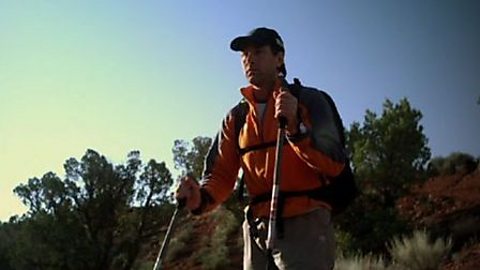
Human circulation. video
This short film takes us on a journey around the circulatory system using the example of a baby's first breath.
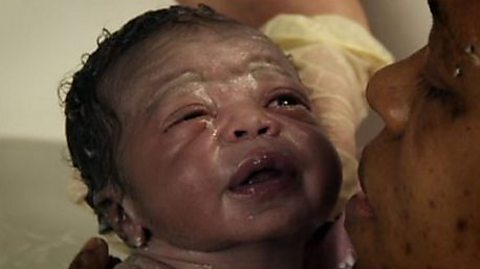
Human fertilisation. video
This short film uses CGI footage to help give a visual description of the process of human fertilisation, following the journey of both sperm and egg.
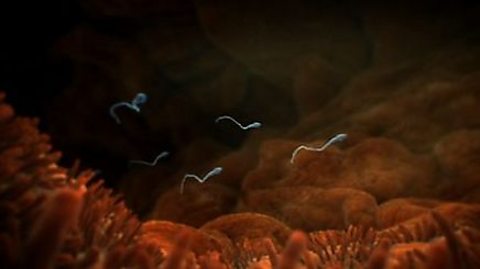
Human immunity and defence. video
Using CGI, this short film gives students a look at the inner workings of the immune system, focusing particularly on how the body fights off viruses.
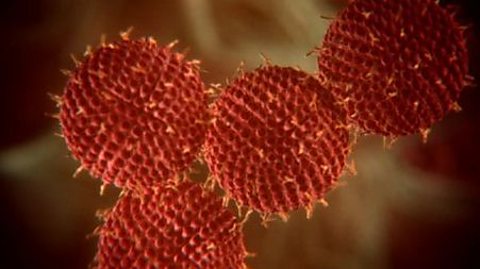
Pregnancy and multiple births. video
From a single fertilised cell to a fully grown baby, this short film mixes CGI with real-life images to paint a picture of how we develop inside the womb.
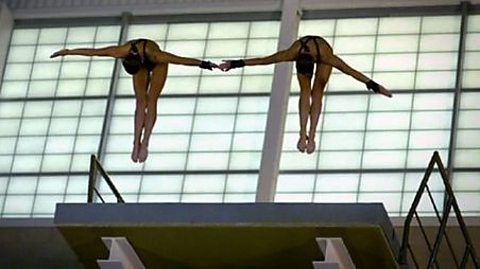
Skin - defend and protect. video
This short film provides a close-up look under your skin, focusing on two key functions of the skin - protecting the body from pathogens, and stopping the body from drying out.

Skin and sweating. video
This short film combines CGI images with a real life story about a fire-fighter to show how the body manages to control temperature by sweating.
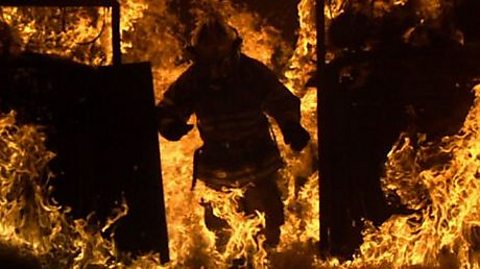
The human ear. video
This short film provides a journey into the ear, looking at hearing and balance, plus a real-life example of how the ear helps us to walk.
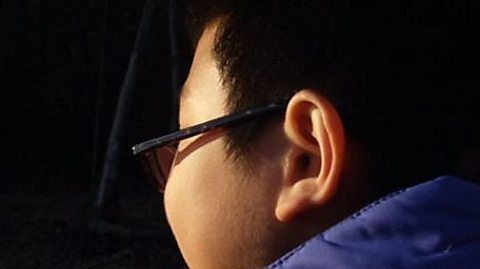
The human eye. video
This short film offers a depiction of the inner workings of the human eye by combining CGI with a real life story of divers who can see clearly underwater.
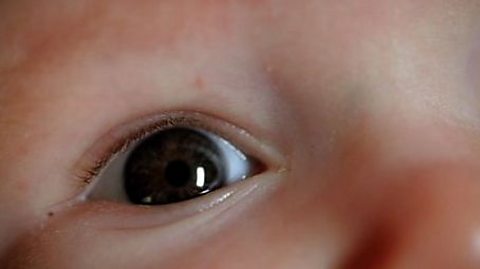
The human heart. video
This short film uses 3D CGI images to show the movement of blood through the chambers of the heart and also the pacemaker cells.
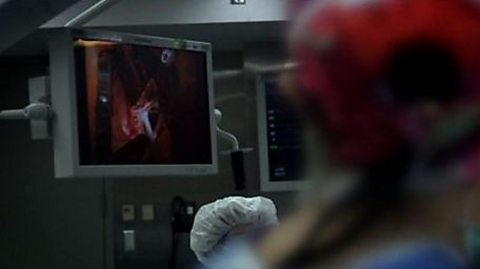
How humans heal themselves. video
This short film offers a look at how the body heals itself. Combining CGI scenes with real life action in the boxing ring, it follows the progress of a boxer's black eye.
